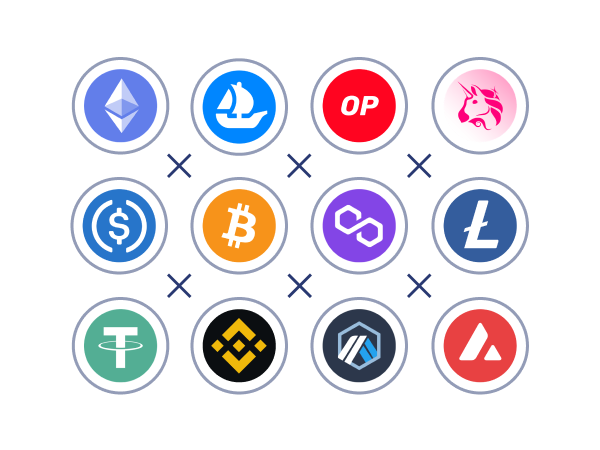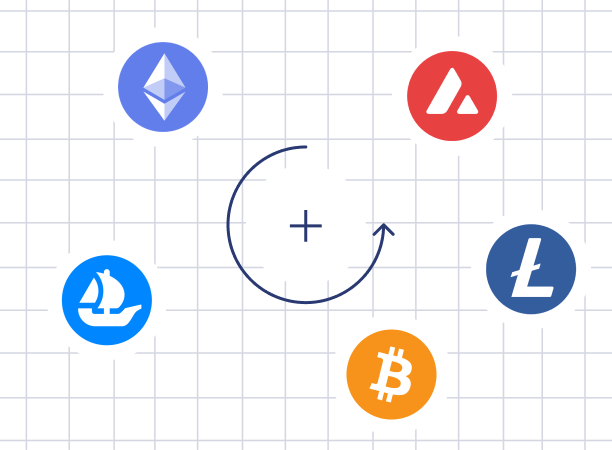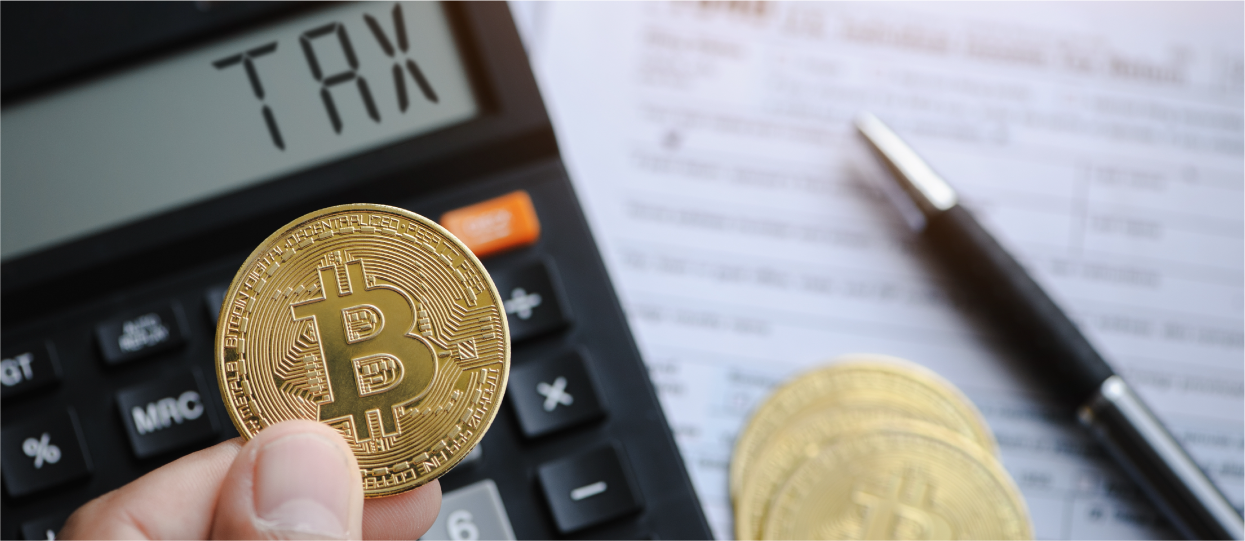Blockchain Intelligence
Mapping real-world entities to on-chain activity
Chainalysis delivers industry-leading blockchain intelligence by connecting real-world entities to on-chain activity through sophisticated machine learning, dedicated forensic experts, and an extensive customer network.
81,000+
unique entities identified
1 billion+
addresses clustered
$11 billion+
in stolen funds we’ve helped recover
23
chains supported
Breadth
Gain visibility into wallet ownership
Ground-truth attributions
Ground-truth attributions are collected with directly observable, verifiable evidence demonstrating that an address belongs to a service. These attributions are the initial focal point to begin mapping real-world entities to on-chain addresses.
Global intelligence
With the largest Global Intelligence Team in the industry, entities can be attributed in difficult-to-access regions with the ability to hyper-focus in specific areas such as sanctioned jurisdictions.
Chain and token support
Chainalysis has architected a flexible platform to scale blockchain and asset support, leveraging generalized frameworks applicable to networks that are alike in blockchain type. This enables quick integration with new chains, inclusive of all tokens.

Three key advantages
Onboarding Speed
Generalized frameworks allow for fast integrations with new chains.
Dynamic token support
For smart-contract based networks, Chainalysis supports all fungible and non-fungible tokens.
Clustering speed
Our architecture fast tracks clustering capabilities earlier in our pipeline enabling us to begin deploying and iterating clustering heuristics for all blockchains more quickly than ever before.
Depth
Gain a complete view of entity activity
Clustering heuristics
Tying ground-truth attributions to single addresses helps achieve breadth of coverage, but this now necessitates the need for depth. It’s critical to understand all addresses an entity controls through a process of clustering, or grouping addresses together. As addresses are clustered, a deeper and more complete mapping of all interactions between entities is created.
To gain this level of depth, learn about the different clustering heuristics and the amount of rigor involved.
Network-wide Heuristics
Network wide heuristics are generic by nature and can be applied to any wallet on a given UTXO or EVM blockchain.
Service-specific Heuristics
Service-specific heuristics are custom tailored for a specific entity’s architecture. There are 100s of service-specific heuristics employed.
Advanced clustering
Chainalysis has built an architecture with the ability to experiment, deploy, and iterate on clustering algorithms at a rapid pace. For example, with dedicated data pipelines, we are able to scan billions of transactions in order to identify unique patterns that power our heuristics for both UTXO-based blockchains as well as account-based blockchains.
Accuracy
Inaccurate data is worse than missing data
Data quality
Chainalysis is commonly asked “what is your false positive rate”? Determining a false positive rate requires a source of truth to check against, and Chainalysis is the industry’s source of truth. Still, there is supporting evidence that speaks to data accuracy and quality.
Data validation
Customers validate our clusters on a daily basis.
Many of the services (e.g. exchanges) whose addresses that are clustered are also Chainalysis customers who use transaction monitoring services. As such, those customers share thousands of addresses per day, allowing Chainalysis to validate clustering accuracy. To date, there has never been a discrepancy found between Chainalysis data and the addresses provided by customers.
Public sector setting the industry standard.
A significant number of Chainalysis customers are law enforcement agencies, regulators, and intelligence agencies at various levels. With that said, it’s crucial to be using the same solutions and datasets that fellow agencies use. Since 2014, the public sector has been a core clientele, and the reliability of Chainalysis intelligence is pivotal for continuing these positive partnerships.
Speed
Trace and discover insights quickly
Dynamic token support
We are able to support tokens deployed to a chain within seconds. Speed is essential in this environment. For example, it’s important to ensure that onramps and offramps are aware of which addresses should be blacklisted or have funds frozen.

Global intelligence obligations
Chainalysis has a Global Intelligence Team collecting ground-truth attributions on a daily basis, who are obligated to submit those attributions into the intelligence layer as soon as possible.

Case Study

